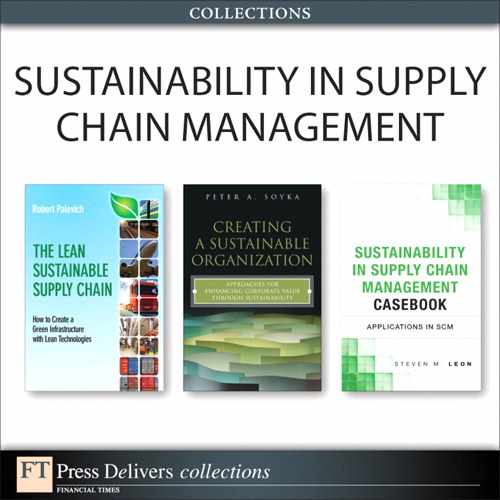Part II: Organizational Change, Environmental Sustainability, and Financial Analysis
As environmental sustainability efforts increase on all fronts, companies and governments are making bold moves and rethinking how they do business. Many companies are considering organizational structure changes, reevaluating how they choose their projects, and overhauling their operations and supply chains, considering government environmental policy changes. Although financial returns from projects are important, we find that companies are implementing grand projects that consider environmental benefits over short- or even medium-term financial gains. Governments are struggling with environmental policy and oversight of hazardous waste disposal.
The first case in this part, “Going Green: The Pfizer Freiburg Energy Initiative (A),” considers implementing new processes that can be replicated across Pfizer facilities for identifying and measuring projects based on energy implications, profit, and risks of potential projects. Given the increasing cost consciousness of management, and the added environmental and reputational benefits from shrinking Pfizer’s energy and carbon footprint, an optimized portfolio of energy projects deserves more than a casual review of cash flows; both economic and ecological viewpoints are undertaken.
The “Sandvik Coromant Recycling Concept” case addresses its global take-back recycling program. This case is designed to help the reader understand the problems often faced by companies when they start to recover and recycle their products and to reveal the need for new business and organizational approaches. The contrast between forward and reverse supply chains, the value in recycling, and the design of organizational structure are all key components of this case.
The case “Heidelberg Cement: Technology Choice Under Carbon Regulation” addresses operational challenges given the changing political environment whereby government environmental regulation is progressing to a point where unfair competition is rearing its ugly head. This case introduces how a company reevaluates its operations to maintain its competitive position as carbon emissions regulation puts it in an unfavorable position. EU-ETS, cap and trade, alternative materials and fuels, changing technologies, and location strategies are also captured in this case.
The case “Electronic Waste: What to Do with It?” hosts many challenges governments are facing today. While addressing popular public policy issues such as keeping hazardous materials out of landfills, preventing contamination of ground water, and initiating recycling programs, governments have unknowingly caused a different problem, stockpiling of e-waste. This case dives into areas of public policy, private-public interaction, marketing, product development, taxation and fees, and exportation of hazardous waste.
